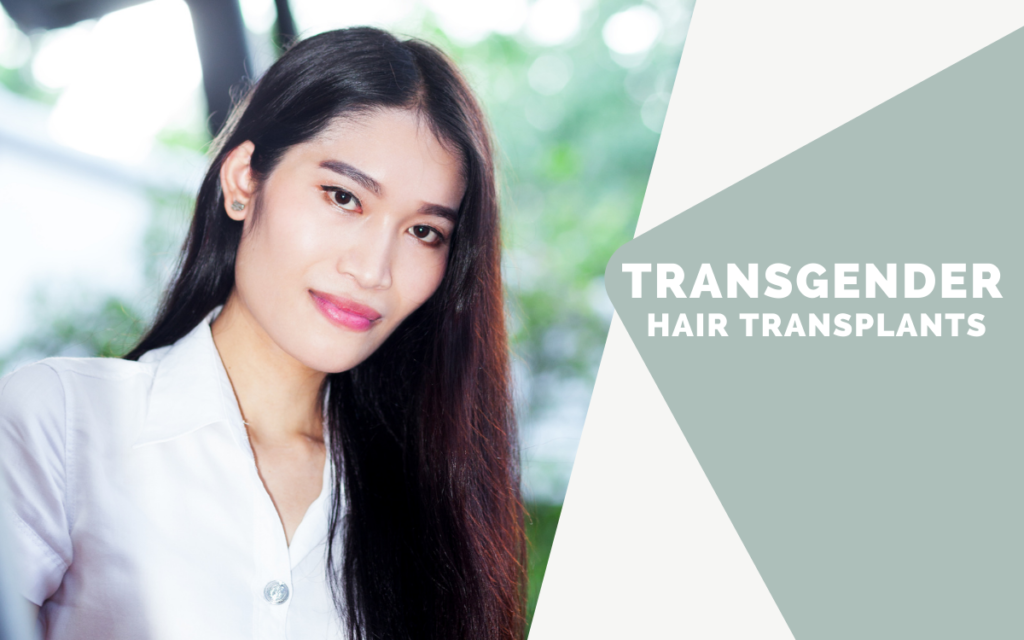
Natural hair in humans comes in two varieties based on sex hormones. Male hair patterns have more body hair, while each sex has different patterns of head hair and balding. The onset of puberty is when most people get enough of these hormones to see differences in appearances, but hormones can change your look later in life too. Unfortunately hormones won’t be enough to change the features of your hair that have already grown in, which is where transplantation can help.
Hairline
A “hairline” is the shape that your hair follicles form on the front of your head. There are several types of hairline, including: low, middle, high; straight, triangular; bell-shaped, M-shaped; “widow’s peak”, and uneven. Biological men can have any of these types, but typically have low, middle, M-shaped, or “cowlick”, which has a swirl of hair at the front. Women tend to have a more rounded, or U-shaped hairline. Women’s hairlines also tend to start further down on the forehead.
Hair Loss
The M-shape is also called a receding hairline, particularly because it is the shape that results from male pattern baldness. This kind of baldness is caused by male hormones like dihydrotestosterone (DHT), so having more of it might accelerate balding, and having less of it should slow down balding. Hair transplants usually push the hairline forward, so they would be the best solution to deal with balding before or after transitioning.
There are also two products to prevent hair loss. Minoxidil stimulates hair growth in follicles that are stuck in the resting phase instead of growing a new hair shaft, and it prevents further hair loss. Transgender women will benefit from this even more since they will have less of the male hormones that cause hair loss. Transgender men can instead use anti-androgens like Finasteride, which counter the effects of hormones like DHT. Hormone treatments are delicate, so you should always consult a physician first.
Hair Orientation
Hair tends to grow out of the skin at an angle. Biological women’s hair tends to be angled towards the back of the head, opposite to biological men. A transplant doesn’t just change the hair line, it can also place hair follicles in the desired direction to give that extra step in getting the appearance you’re looking for.
If you want to change your hair’s appearance, hormone treatment and hair transplants can get the job done. To avoid scarring and low-quality results, make sure you choose your surgeon carefully. Dr. Imami is a board-certified specialist hair surgeon with years of experience, and is known for his excellent results. Learn more about what Dr. Imami can do for you.
